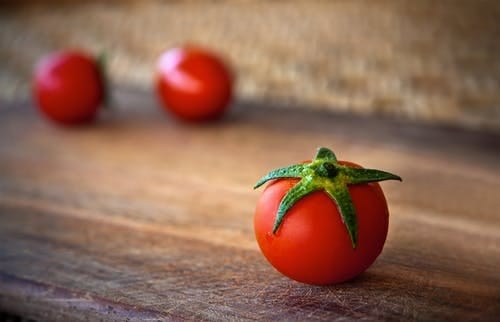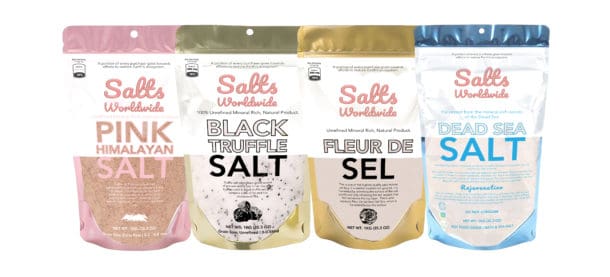Pickling Salt Vs Himalayan Salt
Pickling salt is Himalayan salt is a question I hear quite often from people who have been fed an information diet in which brine or salt is the key to success. This is one of the first things they are taught as kitchen arts. The major difference between the two types of salts is the type of hydrophobic (water repellent) properties they have.
In order to understand this, we need to look at the formation of these salts and their differences. Both are highly acidic – each has a different way of naturally dissolving in water.
While both can be created by industrial processes, pickling uses a slightly more complex version of the chemical process. Heating up the liquid with the salt will cause the liquid to liquefy which then prevents it from solidifying.
In order to freeze the salt, it is important to properly balance the ratio of salt and water. In other words, the salt should be diluted enough to make sure it is able to freeze without crystallizing.
Salt production for salting fish is a very good industrial process. With proper quality salt, you can keep your fish alive for several weeks, although the longer you can keep them alive the better.
In addition to the production process, there are many commercial producers today who use these salts to separate meat from carcasses. Many people who own commercial meat shops want to know the differences between pickling salt and Himalayan salt so they can help customers understand the differences and how their products differ.
There are two different varieties that Ill discuss here. There is sodium nitrite which is the same thing used to treat toothpaste, and there is a slightly different process that preserves the nitrate in the meat.
The first method, salt containing nitrate, is called nitric or curing salt. It works like curing an apple in a barrel with the heat turning the sugar to a sugar solution and then evaporating the liquid.
When it comes to fish, the salt extracted from the skin and the blood is called blood salt and the salt from the flesh is called flesh salt. As you can see, this salt is processed very differently, as well as different flavor.
This type of salt is available in both liquid and solid forms. Some people prefer to use it as a long-salt paste while others like to use it in their salted tea.
These salty substances can also be used to cure fish on a charcoal grill, or they can be used to add flavor to frozen foods, meats, vegetables, and much more. They can also be used to clear the lungs of any bacteria.
They are relatively inexpensive compared to other salt varieties. Salt is used in almost every cuisine, and it can be used to add flavor to almost any kind of food.




